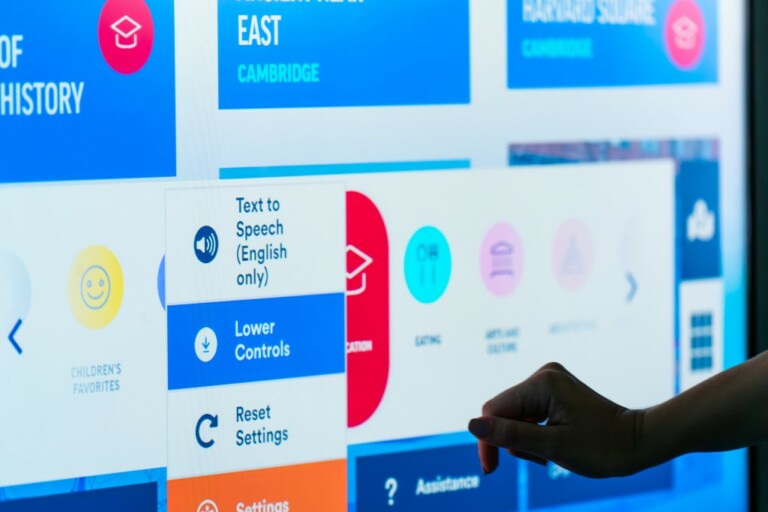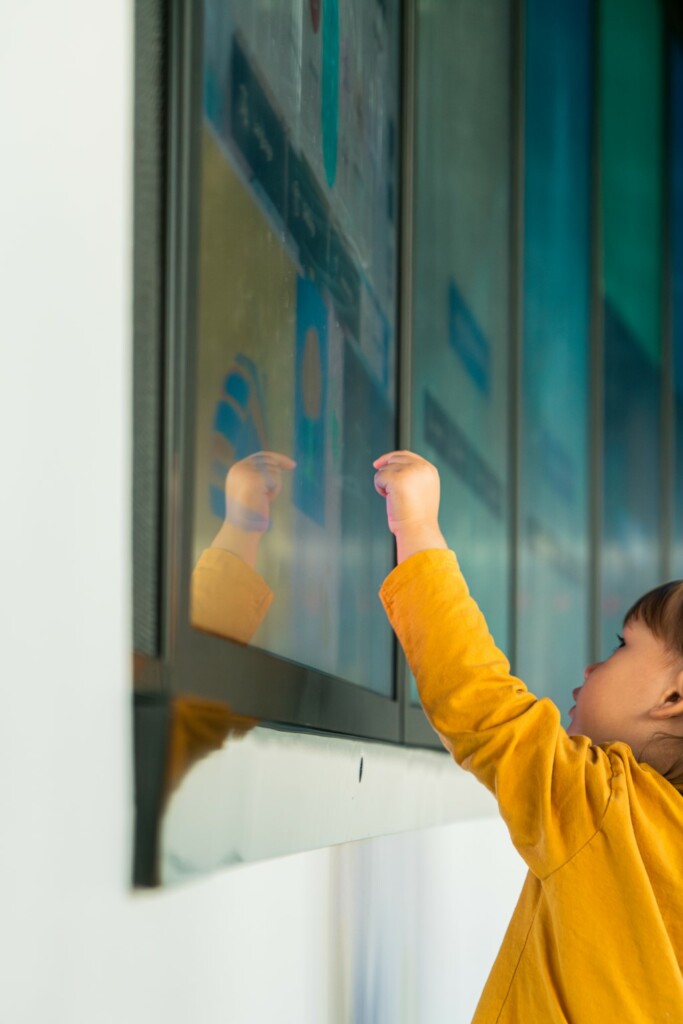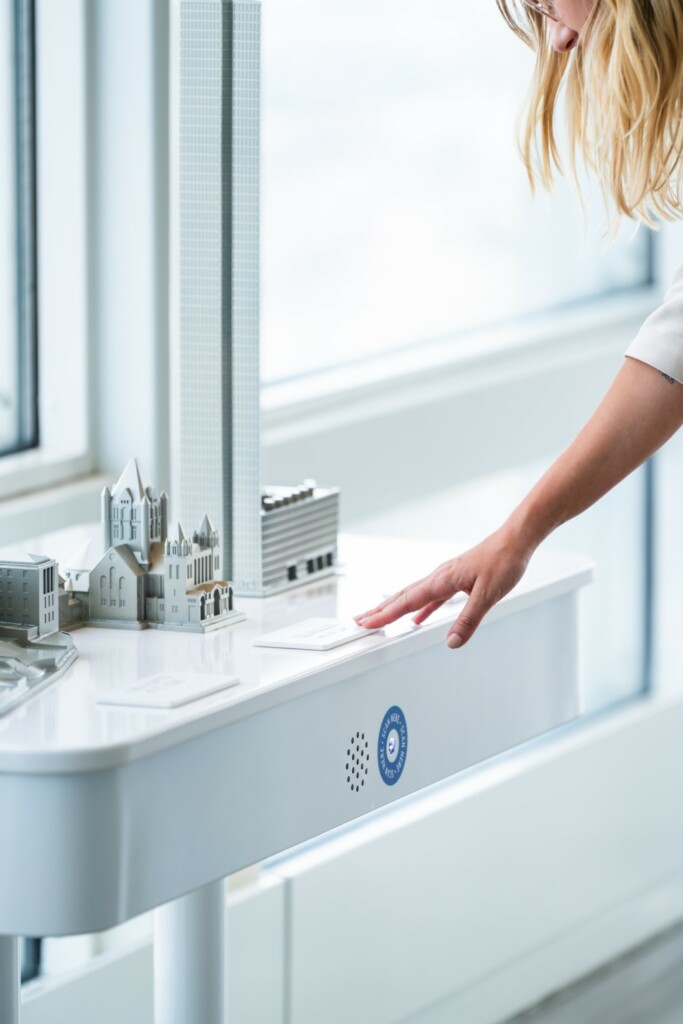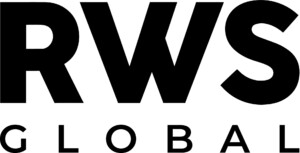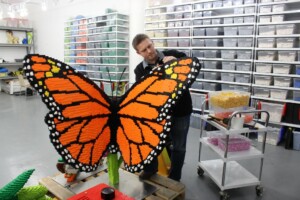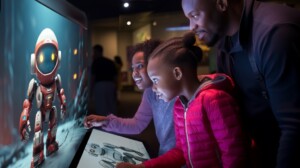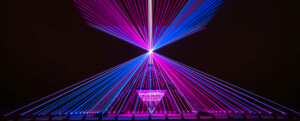Electrosonic, a leading international audiovisual and technology services company, has collaborated with Float4, an award-winning multidisciplinary studio that integrates digital experiences in physical spaces, to develop a series of accessible interactive media exhibits for View Boston.
View Boston is a newly opened observatory located on top of the iconic Prudential Tower in Boston, Massachusetts. The attraction features eight multimedia exhibits. These were designed, produced and delivered by Float4 in partnership with JRA, part of RWS Global, and feature interactive creative content seamlessly integrated by Electrosonic.
Ensuring accessibility
Accessibility and inclusivity were a core focus of the project from the outset.
Joel Zink, technology manager, design consulting at Electrosonic, says: “Electrosonic, along with our partners, designed and integrated a series of groundbreaking interactive media exhibits at View Boston using technology as a medium for storytelling. Throughout the design and build process we worked hand in hand with architects, designers and technology partners to ensure accessibility for everyone to experience the space.”
The View Boston experience includes projected content on the city’s most recognisable landmarks in the entrance space; an immersive elevator ride, with large-scale visuals and displays and synchronized audio; an enhanced viewing deck experience where visitors can build their own itinerary; three exhibition spaces and an extraordinary 50-foot-wide, 3D scale model of the city which is brought to life with projection mapping.
The exhibits are accompanied by a data-driven microsite, a customised content management system, an intuitive audio guide, and three further multimedia installations at the observatory’s entrance.
In developing these offerings, the project team was committed to creating an experience that was not only user-friendly but also accessible to everyone, regardless of physical, technological, or language barriers, in order to make the space more inclusive.
Throughout the development process, this commitment to accessibility served as a guiding principle.
Sarah Ouellet, creative director at Float4, comments: “One of our priorities was to be diligent in our approach towards accessibility standards and intuitive design at every stage of the creative process to help a global audience engage with the rich history and culture of Boston.”
In addition, the experience needed to appeal to a wide range of audiences across all age groups. The goal was to engage first-time city explorers excited to explore the city’s rich history and culture, while also appealing to local residents who wish to see their city from fresh perspectives.
Strategies for success
With a focus on inclusivity and accessibility, Electrosonic and Float4 carefully considered any potential obstacles or challenges that guests might encounter during their visit.
Several strategies were used throughout the exhibits to address accessibility issues. For example, each interface now has the ability to modify the height of the interactive menu to be accessible for visitors with different physical requirements.
Achieving an inclusive experience for all visitors required overcoming technical challenges, which were met by creative engineering, skilled audiovisual design, seamless integration, thorough testing, and collaboration with partners. The WCAG AA accessibility guidelines were carefully followed in the development of every exhibit, guaranteeing a higher degree of user satisfaction.
To address technological challenges, it was critical to standardise the design system and functionality so that visitors could explore the extensive content within each exhibit intuitively. Float4 introduced error avoidance strategies, with standardised user interfaces which can be used by anyone regardless of level of knowledge, while at the start of the visitor journey, a step-by-step video explains how to use and operate the ViewPrint system.
Furthermore, integrating the complex, large-scale project systems and cabling within the existing infrastructure required a team of skilled engineers.
Inclusive content
All of the exhibit’s content, including the user interfaces, was translated into nine different languages in order to reduce language barriers for international visitors, with English, French, Spanish, Italian, Dutch, Chinese, Japanese, Korean, and Portuguese content available.
There are over 350 landmarks and points of interest in the Explore Boston exhibit alone, and each one has accompanying descriptive text that is available in these languages.
Text-to-speech functionality was integrated into all English-language content pieces, along with an audio player assistance application. This ensures that visitors who require visual assistance can navigate the content easily and completely.
The viewfinders on the 52nd floor consist of ten interactive virtual viewers, each equipped with 32-inch touchscreens that enable visitors to pinpoint specific city locations. Each of these viewers can deliver content in a choice of nine languages and is equipped with English text-to-speech functionality.
In addition, four physical touch-based models with audio descriptions offer similar view-finding and itinerary-building capabilities to the viewers and ensure inclusivity for visually impaired guests.
Float4 created 12 content categories spanning Arts and Culture, Parks & Recreation, Made in Boston, Architecture, and Children’s Favorites, among others, which seek to offer engaging content for all visitors.
Research was crucial to ensure that the content included both city landmarks and lesser-known treasures, such as undiscovered local breweries or hidden culinary gems. This ensured that both new visitors and Boston residents would discover something new.
The View Boston project partners included: 7thSense, Christie Digital, Electrosonic, Float4, FrankNDesign, JRA, part of RWS Global, Lightbourne, and Nanolumens.
Electrosonic recently celebrated one year of its Technology Partner Program. The initiative brings together cutting-edge technology innovators in both hardware and software to create synergies among like-minded companies and enable the creation of world-class experiential technology and has grown to represent 15 member organisations.
Images kind courtesy of Electrosonic, Float4 and Nanolumens
